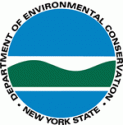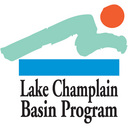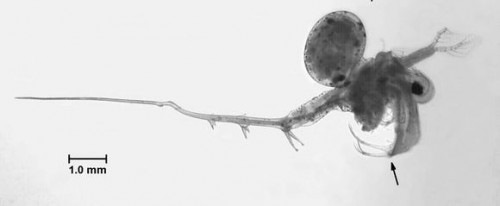 Three people were ticketed for transporting firewood more than 50 miles without certification of heat treatment during a checkpoint held by New York State Department of Environmental Conservation (DEC) Environmental Conservation Police in the Adirondacks.
Three people were ticketed for transporting firewood more than 50 miles without certification of heat treatment during a checkpoint held by New York State Department of Environmental Conservation (DEC) Environmental Conservation Police in the Adirondacks.
“The spread of invasive insects through the illegal transportation of firewood must be prevented to protect both the Adirondack forest preserve and private woodland,” said DEC Regional Director Robert Stegemann. “Currently emerald ash borer is not found in or near the Adirondacks, we want to keep it that way.”
 The checkpoint was set up to check for illegal transportation of untreated firewood in violation of regulation and quarantine orders. Of all the vehicles passing through the checkpoint only three had firewood. Unfortunately, none of the three were in compliance with the firewood transport regulation. The illegal firewood was confiscated and chipped on site for disposal to prevent the potential spread of invasive insects.
The checkpoint was set up to check for illegal transportation of untreated firewood in violation of regulation and quarantine orders. Of all the vehicles passing through the checkpoint only three had firewood. Unfortunately, none of the three were in compliance with the firewood transport regulation. The illegal firewood was confiscated and chipped on site for disposal to prevent the potential spread of invasive insects.
Regulation prohibits the import of firewood into New York unless it has been heat treated to kill pests such as emerald ash borer (EAB). The regulation also limits the transportation of untreated firewood to less than 50 miles from its source. Quarantines restrict the movement of ash trees, ash products and firewood from all wood species in and around the areas where EAB has been found.
EAB has been found in the Hudson Valley, the Catskills and Western New York. It is responsible for the destruction of more than 50 million ash trees in the United States since its discovery in Michigan in 2002. The main method of movement of EAB across the country has been through the transport of firewood to campgrounds. By transporting firewood, campers and homeowners could spread diseases and invasive insects that can quickly kill large numbers of trees.
Don’t Move Firewood – You Could be Killing Our Trees!
Help STOP THE SPREAD and obey the Firewood Regulation:
- It is best to leave all firewood at home – please do not bring it to campgrounds or parks.
- Get your firewood at the campground or from a local vendor – ask for a receipt or label that has the firewood’s local source.
If you choose to transport firewood within New York state:
- It must have a receipt or label that has the firewood’s source and it must remain within 50 miles of that source.
- For firewood not purchased (i.e. cut from your own
- property) you must have a Self-Issued Certificate of Source and it must be sourced within 50 miles of your destination.
- Only firewood labeled as meeting New York’s heat treatment standards to kill pests (kiln-dried) may be transported into the state and further than 50 miles from the firewood’s source.
DEC Environmental Conservation Police will have more checkpoints across the state throughout the camping season.
For more information on New York firewood regulation, call 1-866-640-0652 or visit the DEC web site: Firewood and Invasive Insects.
A map of quarantined counties can be viewed here: EAB Infestations

 Grand Isle, Vt – The Lake Champlain Basin Program’s 2012 State of the Lake and Ecosystem Indicators Report was released today. The report, produced every 3-4 years, informs citizens and resource managers about Lake Champlain’s condition and provides a better understanding of threats to its health and opportunities to meet the challenges ahead.
Grand Isle, Vt – The Lake Champlain Basin Program’s 2012 State of the Lake and Ecosystem Indicators Report was released today. The report, produced every 3-4 years, informs citizens and resource managers about Lake Champlain’s condition and provides a better understanding of threats to its health and opportunities to meet the challenges ahead.





